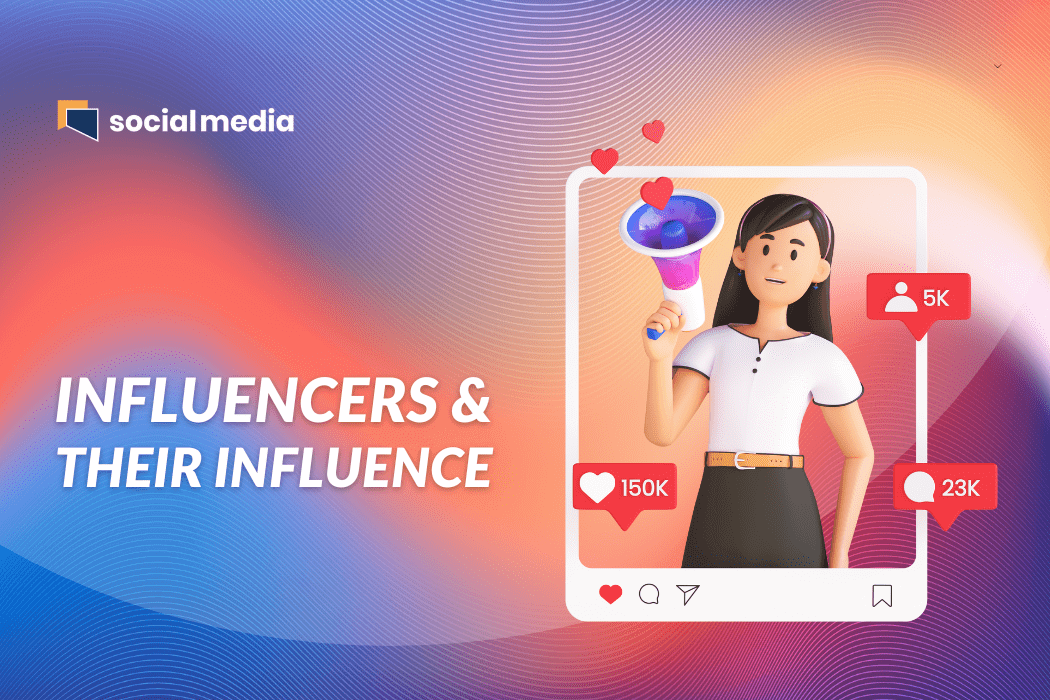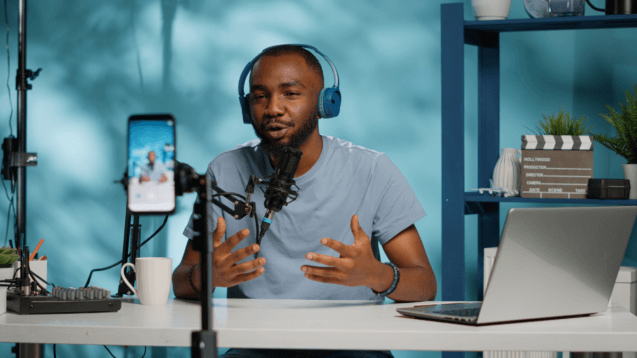The Changing Landscape of Influencer Marketing
Influencers have been a growingly popular advertising tactic for businesses looking to reach new audiences. But recently, there’s been a decline in influencer trust and effectiveness. Testament to that? Elon Musk complained to his engineers that his tweets were not getting enough interaction. So if the King of Twitter Influencers is complaining about interaction, what’s causing this shift? Are influencers still a viable option for marketing? Let’s explore the ins and outs of influencer marketing and why it may be losing its influence.
The Impact of Social Media Platforms
As social media platforms continue to evolve, their algorithms are constantly changing. This has shifted the way content is presented to users, and it has had an effect on how influencers interact with followers. In fact, some platforms have reduced organic reach for posts from influencers by as much as 50%. What does this mean for businesses using influencers? It means that although they may be spending significant amounts of money on campaigns, they won’t necessarily get the same high levels of engagement they used to get in the past.
Declining Trust With Followers
The rise of fake news and other online scams has made many people wary of trusting content online, including content posted by influencers. This lack of trust is causing many followers to become skeptical of brand-influencer relationships; they’re no longer sure whether or not someone’s endorsement is genuine or simply a paid advertisement. As more followers begin to question these relationships, it becomes increasingly difficult for brands to build meaningful connections with customers through influencer’s channels.
Reinventing Influencer Strategies
To combat these issues, brands need to find new ways to engage with customers through influential channels. One way is by diversifying their partnerships so that they’re working with both macro-influencers (those with millions of followers) and micro-influencers (those with fewer than 10K followers). By doing this, brands can ensure that their campaigns are reaching multiple types of audiences while also building credibility through authentic endorsements from trusted sources. Additionally, brands should consider supplementing traditional influencer campaigns with newer tactics like user-generated content (UGC) and affiliate marketing strategies in order to reach even more customers.
The Statistics
- 67% of marketers are going to be spending bigger budgets on influencer marketing campaigns in 2023
- 63% of marketers are using AI to launch and manage their campaigns
- Instagram, YouTube, and Facebook lead the pact for return on investment
- Yet TikTok is the most popular channel used by 56% of those engaged in influencer marketing
- Most companies are looking to generate more engagement, reach new customers, and create a community around their brand
The Next Steps
In the end, the key takeaway is that although influencer marketing may be losing its influence among some audiences, it’s still an effective way for businesses to reach potential customers if implemented correctly. To maximize results from your next campaign, focus on diversifying your partnership options and supplementing those partnerships with UGC and affiliate marketing efforts wherever possible.
By doing this you’ll be able to increase customer engagement and create meaningful relationships between your brand and its target audience, ensuring that your message gets heard loud and clear.









